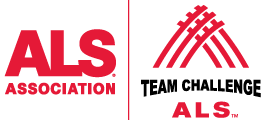Rules of the Road & Safety Tips
The Massachusetts Ride to Defeat ALS is a wonderful way to see all that the beautiful Massachusetts countryside has to offer, while raising awareness for and supporting a great cause. We do our best to plan exciting, supported and safe routes, but we ask that our participants follow the rules of the road and ride smart throughout event day. Please be mindful of these guidelines as you are out on the course. All are important parts in ensuring your safety and the safety of those you will be sharing the road with. Thanks!
The Rules of the Road
Now, for our basic (but vital) safety recommendation... Please be mindful of these guidelines as you are out on the course. All are important parts in ensuring your safety and the safety of those you will be sharing the road with. Thanks!
• Follow all rules and laws of the road.
• This is a community bike ride on open roads, not a race on a closed course.
• Be extra careful at the few locations where our routes cross main roads. We have volunteer route monitors at these locations to look out for traffic when crossing. Pay attention to those volunteers. We will not be stopping traffic at these locations.
• Ride single file, especially on narrow shoulders or when cars are close.
• Stop at Stop Signs
• Pass only on the left. Be sure to let the rider being over taken know (politely) you are passing on the left.
• As this is a fun ride, not a competitive race, please don't take any chances riding too aggressively just to shave a few seconds off ride time. It’s okay to have some fun with your friends and riding mates, but be smart about it.
• Wear your helmet when you on your bike. No exceptions.
• Don't litter. There are trash and recycling receptacles at all rest stops.
• No headphones on the course, please.
• Signal to following riders about debris and obstacles on the road.
• Hydrate! Hydrate! Hydrate! Drink water before you feel thirsty and keep yourself hydrated!
• Thank the volunteers on the route, at the rest stops.
• Enjoy the scenery.
• Have fun!
One last note about “The Rules” – We know that you have all heard these before. It is extremely important, though, that you follow these pointers. Cyclists who blow through stop signs & don’t single up for cars behind you make it much more difficult for us and other organizations to put on cycling events. Let’s make sure we follow the vehicle code ourselves when we ride bicycles – so we can stay on the road for years to come. Be aggressive and encourage others to single up and stop at stop signs. THANK YOU.
Safety Plan
Contacts in an Emergency
In an emergency dial 911. If there’s some doubt, please dial 911. Minor issues that need basic first aid or requests for mechanical assistance can be addressed at rest stops or by hailing a SAG wagon with a "thumbs down" signal.
Safety on the Route
Event staff, ride monitors and SAG wagons will patrol the route during the Ride to Defeat ALS. These volunteers are trained in cycling safety and can provide pointers to participants. Ride monitors and SAG wagons will also be in communication with event staff throughout the day. The ALS Association reserves the right to eject a participant from the event for flagrant safety violations.
SAG Support
SAG (Support and Gear) vehicles will be on the route to aid riders through the course of the day. If you need mechanical aid or assistance, flag the SAG vehicle by giving it the "thumbs down" signal, indicating you want them to stop. If you have a small mechanicl or first aid need, they may be able to assist. If the need is greater, they can help transport you and your bike off the route to the next rest stop.
Rest Stops
Rest stops are located along the route. There will be snacks, water, energy drinks, medical support, and mechanical support at each stop. Rest stops are an integral part of keeping a ride safe. Riders who keep hydrated and eat right make better decisions on the road.
Beginning and Advanced Cycling
The League of American Bicyclists has great tips for beginning and for more advanced riders. The advance section includes information on group riding.
To start, here is a helpful video from the Global Cycling Network on how to ride in a group:


